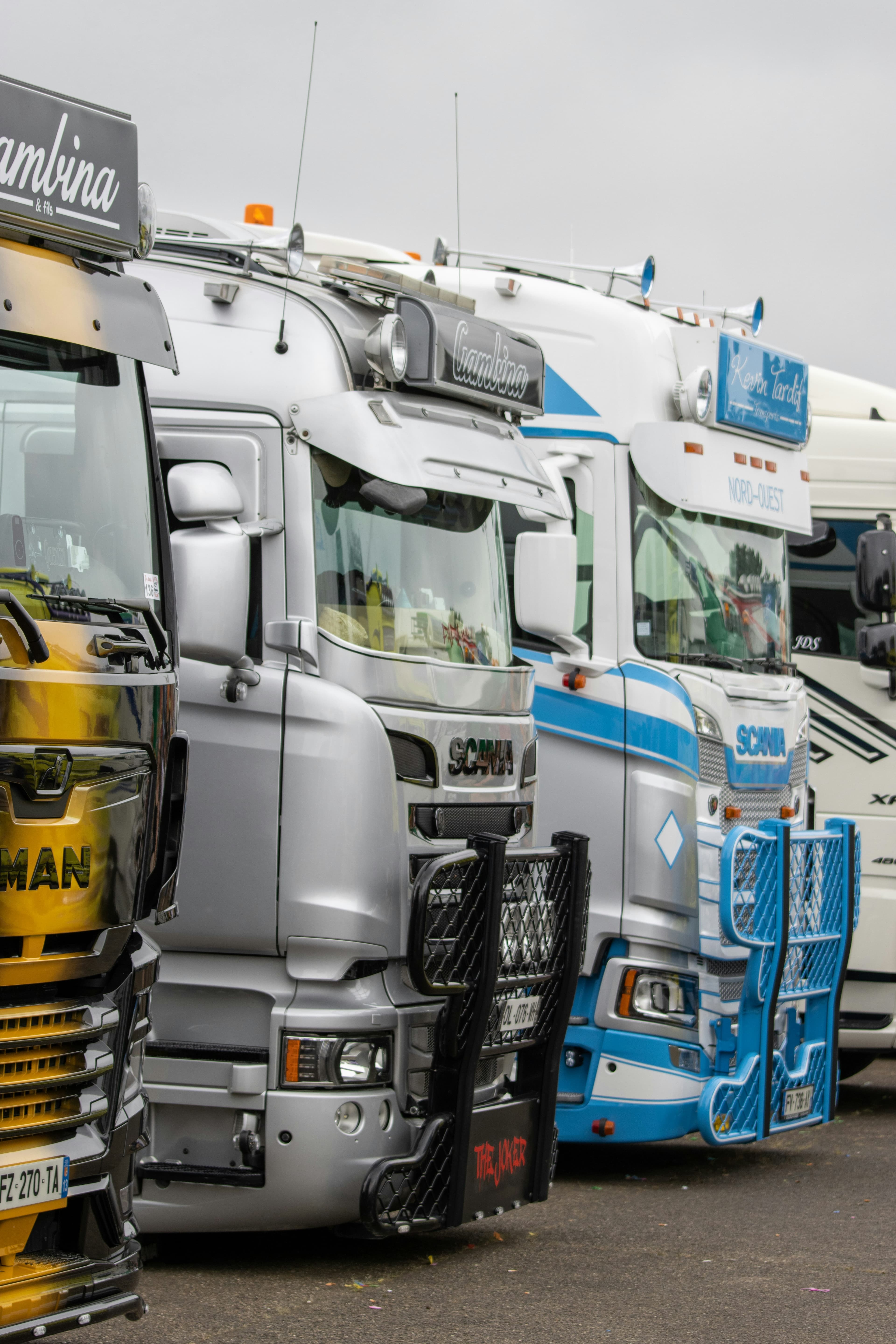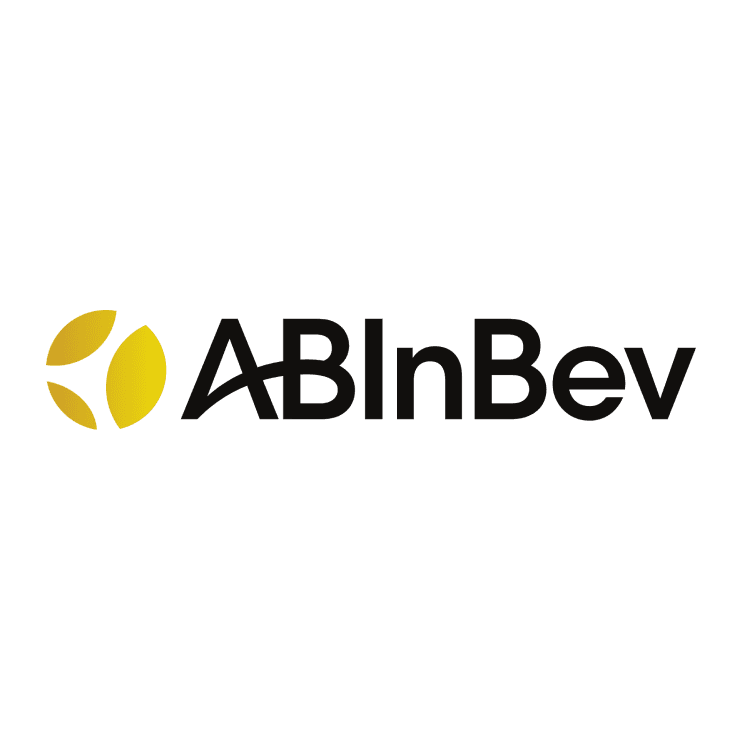
Deploy Battery Swapping for Heavy-Duty Trucks
 CATL
CATL
Summary
The automatic battery swapping station for EV trucks can change batteries in just minutes, shortening energy replenishment time and significantly enhancing transportation efficiency
Context
This case study is part of decarbonization best practices shared with AB InBev Eclipse sustainability program’s community. Discover more about the Eclipse program here.
Contemporary Amperex Technology Co., Limited (CATL), is a globally leading innovative technology company in the field of new energy, primarily engaged in the research, development, production, and sales of power batteries and energy storage batteries. Its mission is to promote the substitution of fossil fuels and to achieve innovative and integrated market applications through electrification and digitalization.
In China, Heavy-duty trucks contributed 21% of the carbon emissions of the transportation sector in 2020 (1). The emission includes carbon monoxide, hydrocarbons, nitrogen oxides, and other particulate matters.
The reduction of carbon emissions from road transportation is a crucial aspect of China's efforts to achieve its carbon peaking and neutral goals. This need to be achieved through measures such as implementing stricter emission standards and promoting the use of new energy vehicles.
Solution
In 2023, CATL piloted a heavy-duty truck battery-swapping project on the Putian–Wenzhou logistics route in partnership with Budweiser China. The goal was to demonstrate that long-haul electric trucking could operate efficiently without long charging delays.
CATL designed a modular battery pack system (171 kWh per module, with 1–3 modules per truck depending on distance and load) and installed an automated swap station along the route. The system enables a full battery exchange in under 10 minutes, allowing trucks to cover over 400 km per trip with minimal downtime.
Over the first year of operation, the pilot fleet ran more than 100,000 km, proving the feasibility of battery swapping in commercial logistics and achieving over 80 tCO₂ emission reductions compared to diesel trucks.
Figure 1: Exterior view of battery swapping station

Figure 2: Interior view of battery swapping station

Impact
Sustainability impact
Climate
During the past 1-year implementation, this electric heavy-duty truck has operated for a cumulative distance of 100,000 kilometers, reducing carbon dioxide emissions by 80 tCO2 comparing diesel type. The reduced of emission only consider operating emission without energy abstracting emission from upper stream.
Nature
By avoiding diesel use, the project reduces logistics transportation air pollutants (NOx, SO₂, particulates) and minimized fossil fuel extraction impacts.
Social
The successful implementation of this project enabled Budweiser China to deploy its first long-haul e-truck covering over 400KM distance (one-way), setting a milestone for green logistics and improving transportation efficiency by reducing charging time.
Business impact
Benefits
By embedding the requirement during tender, it provides 1.8 Chinese RMB/km saving and a project-based annual saving of 180,000 RMB (25,000 USD), a 3.9% price saving for the bid-region enabled by the operating cost reduction, benefits between electricity and diesel in the truck operation cycle.
Costs
CAPEX Costs: Transportation suppliers must make a one-off investment in the electric heavy-duty truck
OPEX Costs: Ongoing costs are tied to CATL’s battery rental model, which includes charging. This structure was designed to ensure operating cost competitiveness with diesel.
Dependencies: The financial viability of the solution depends on access to CATL’s battery-swapping facilities, the rental and charging package, and long-term supplier agreements.
Impact beyond sustainability and business
Co-benefits
It not only provides strong support for Budweiser China's own green logistics transformation but also sets a successful example for the entire FMCG industry to take the lead in adopting green logistics innovation technology.
Through the demonstration effect of this project, Budweiser China hopes to encourage more peer enterprises to join the team of green logistics and jointly promote the sustainable development of the industry.
Implementation
Typical Business profile
Most relevant for any company & industry with mid to long haul road transportation logistics demand who, possibly is already with medium to advanced decarbonization maturity, is eager to engaged in lowering scope 3 carbon emission via innovative logistics technology. Applicable in the route where there is CATL’s battery swap station in the middle or along the way which making positive business case not only in the sustainability aspect but also financially.
Approach
Phase 1 – Pilot through tendering CATL introduced its battery-swapping solution during Budweiser China’s annual logistics tender. Together, they developed a total cost of ownership model, assessed transportation routes, and matched swap station facilities to operational needs. The winning transport supplier implemented the plan, while Budweiser China and CATL jointly monitored performance and addressed operational challenges.
Phase 2 – Scaling Following the pilot, CATL and Budweiser China began evaluating additional routes and new swap station facilities to expand the scope of deployment.
Stakeholders involved
Internal Stakeholders involved
Project Team:
Budweiser China Procurement VLC Team
Budweiser China Logistics Transportation Team
Budweiser China Logistics Operation Team
Budweiser APAC Procurement & Sustainability VP
Budweiser APAC Logistics VP
Company functions:
Procurement & sustainability, Logistics
External Stakeholders involved
CATL
Awarded transportation supplier
Key parameters to consider
The actual business case to match the innovative technology solution
The total cost of ownership modelled
Negotiate for the MFN clause for Budweiser ensuring a step ahead as always
Create proper promotion for the innovative adoption
Implementation and operations tips
For logistics operation, the solution need to play for the favor of supplier either in terms of cost or in efficiency, since there’s gap of on paper business case and real-life daily operation
Source list
(i) The total operating distance is provided by transportation supplier
(ii) The calculated CO2 reduction is based on Budweiser China Logistics emission factor library